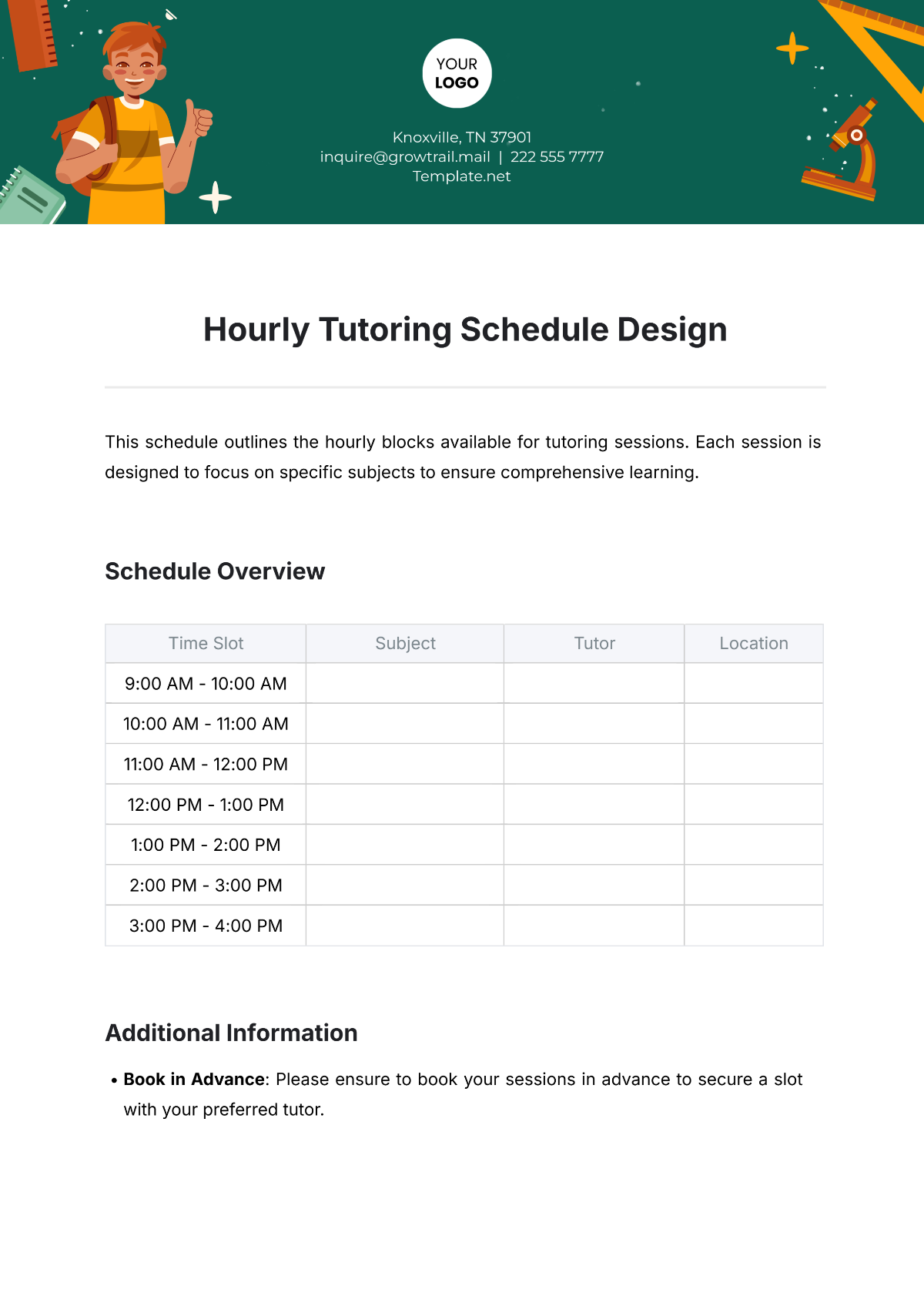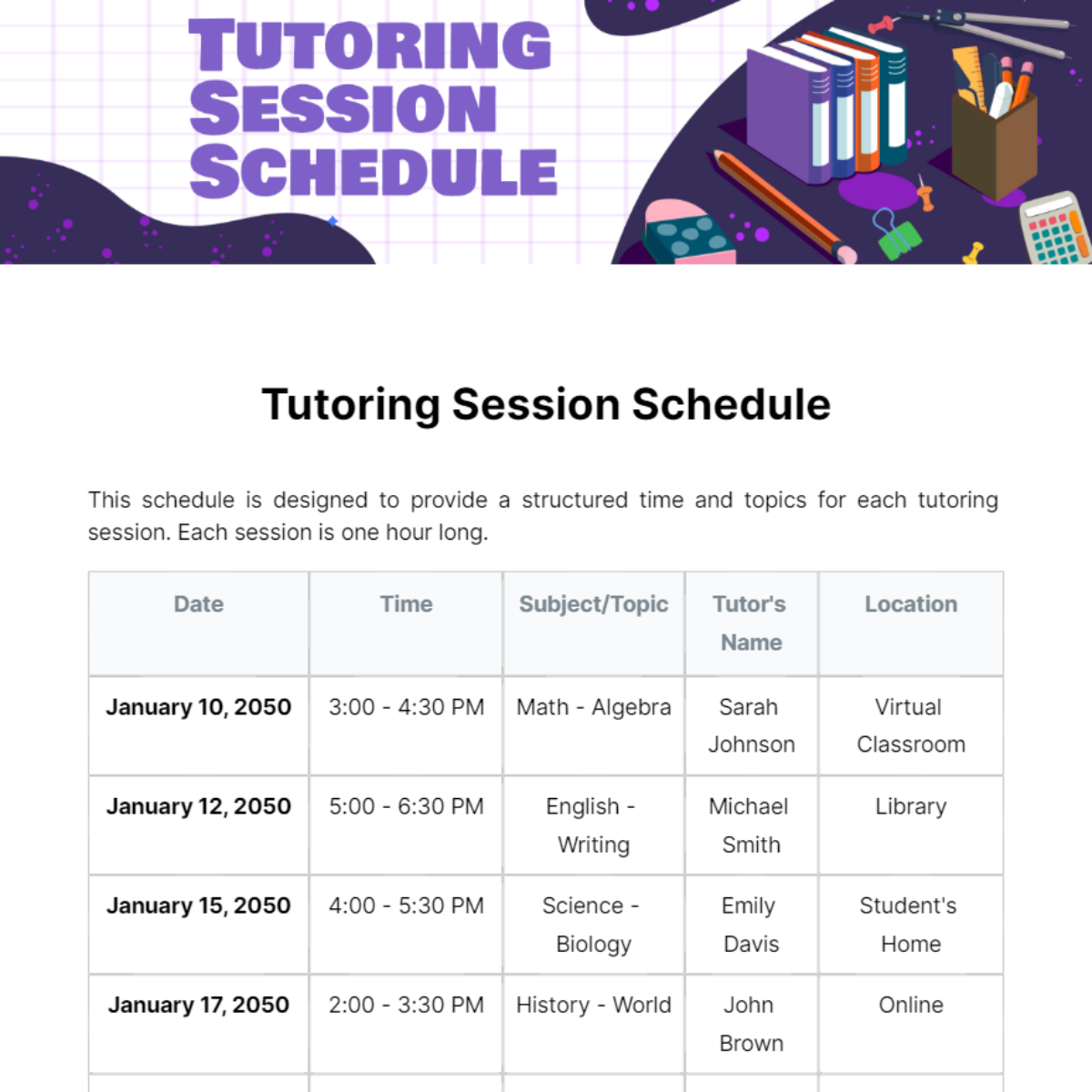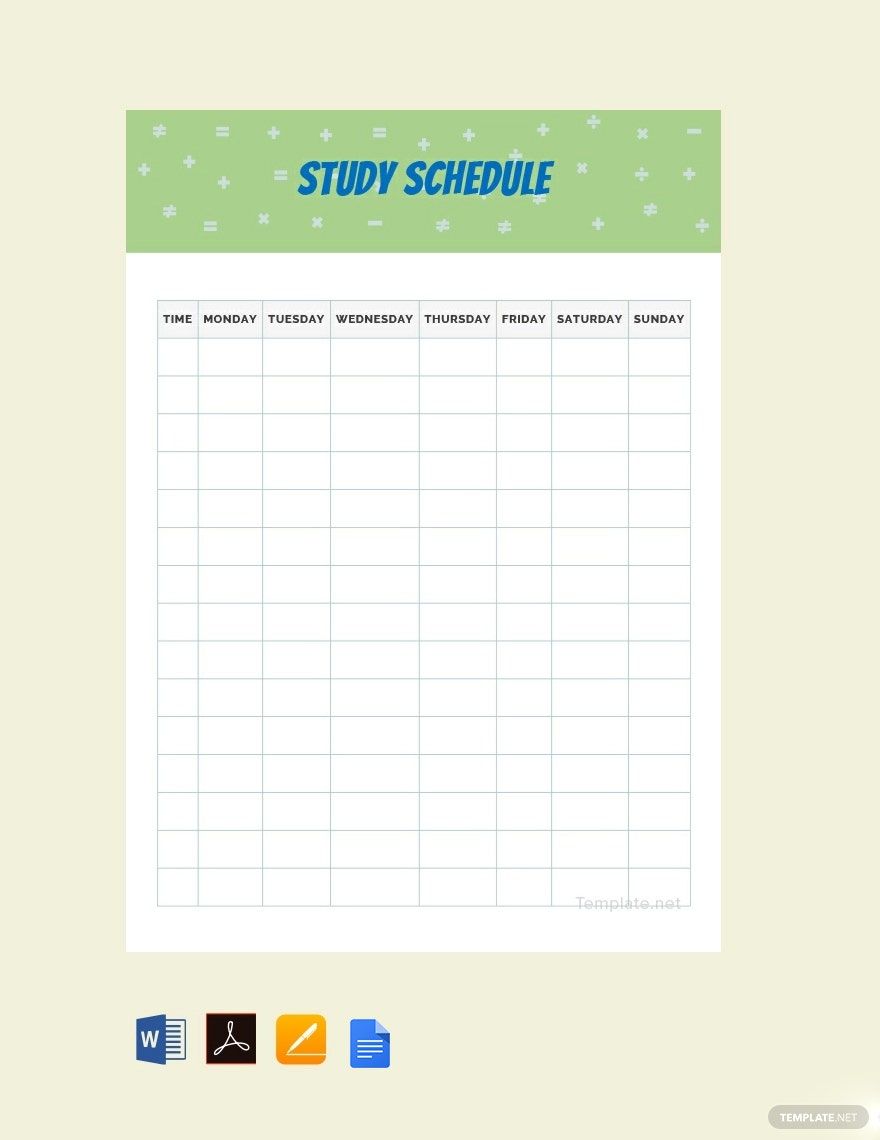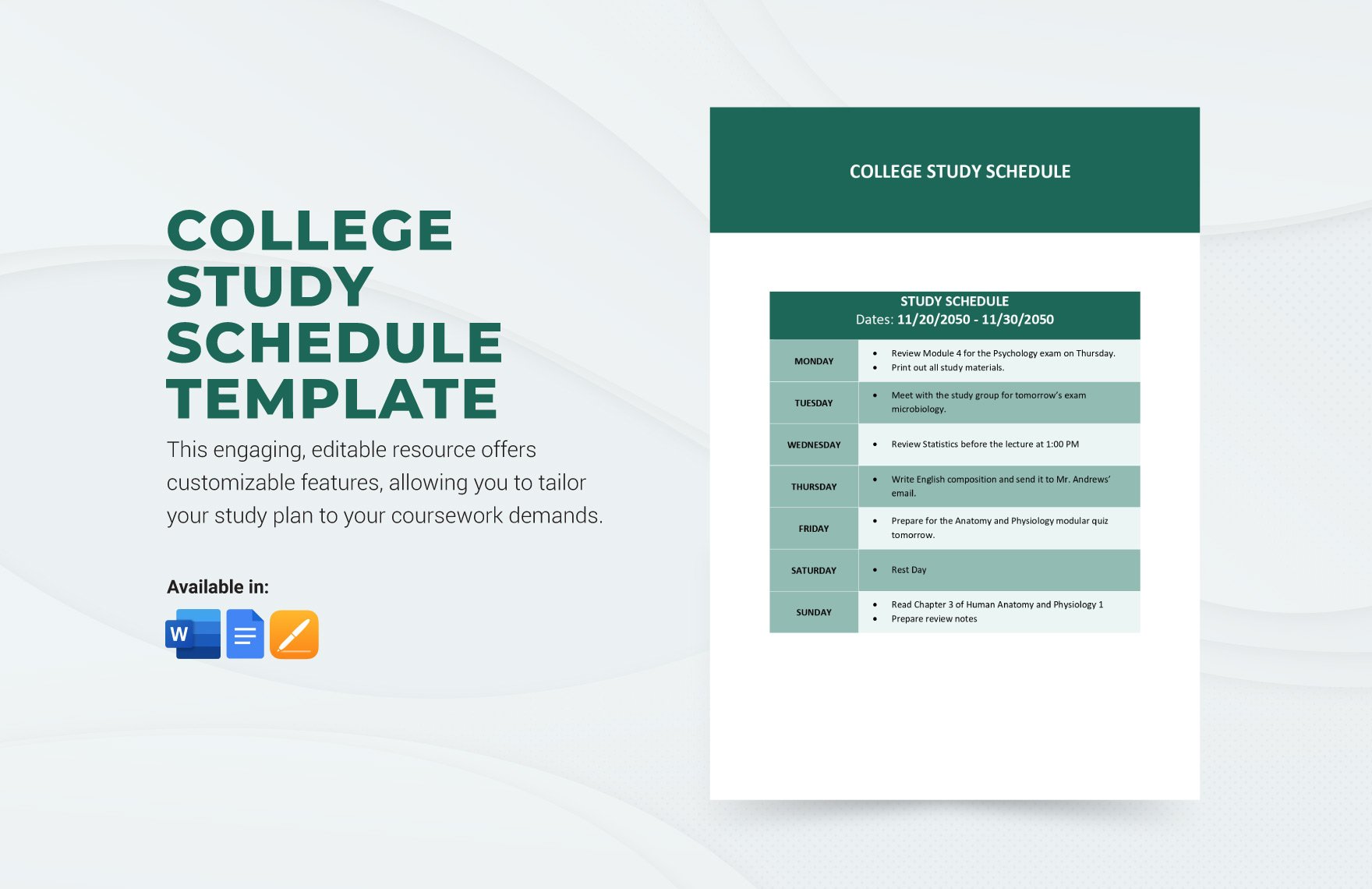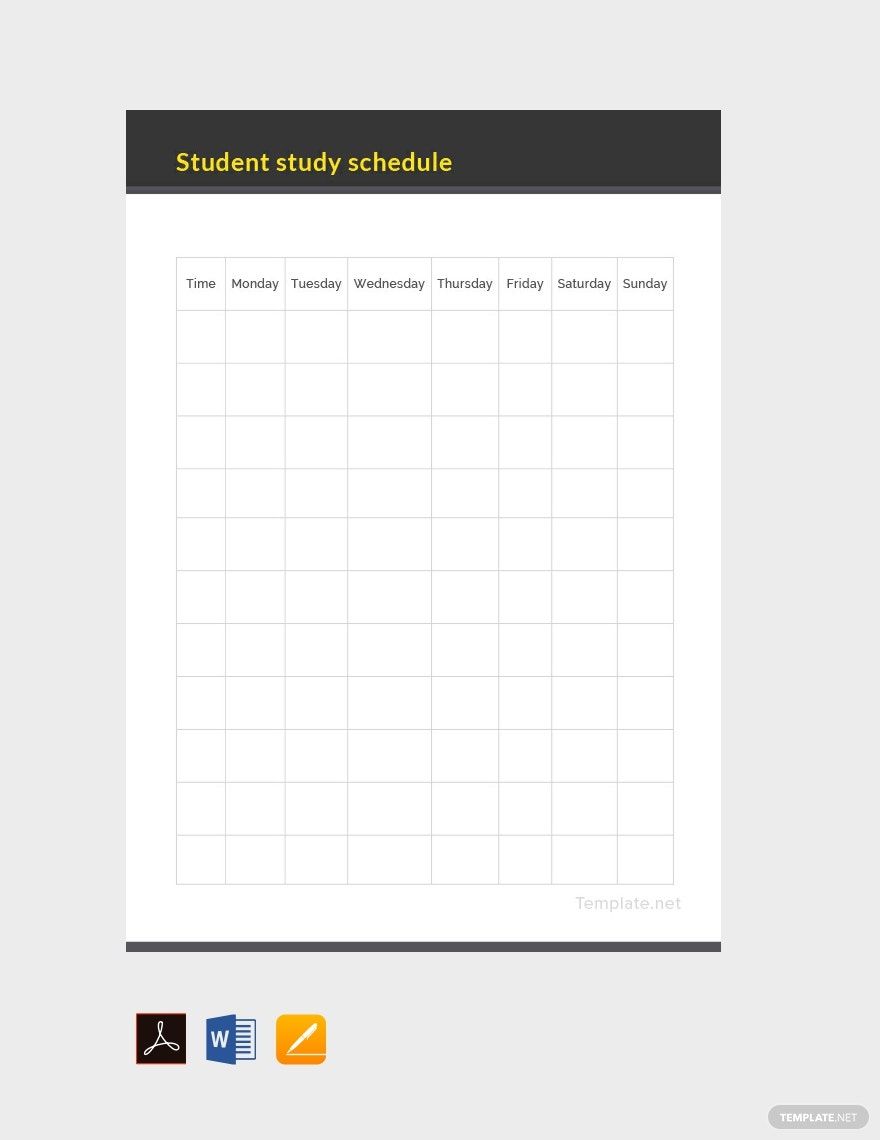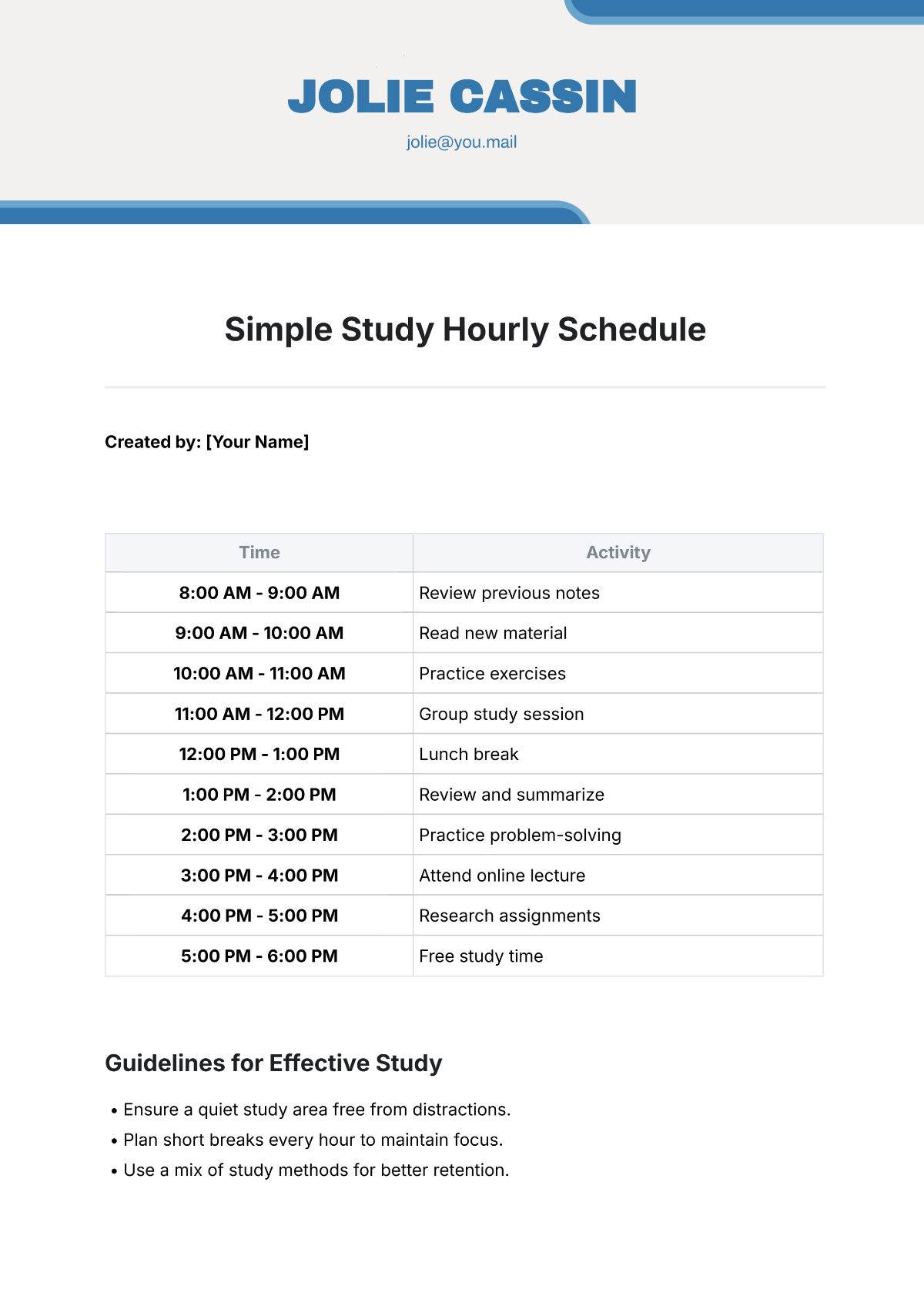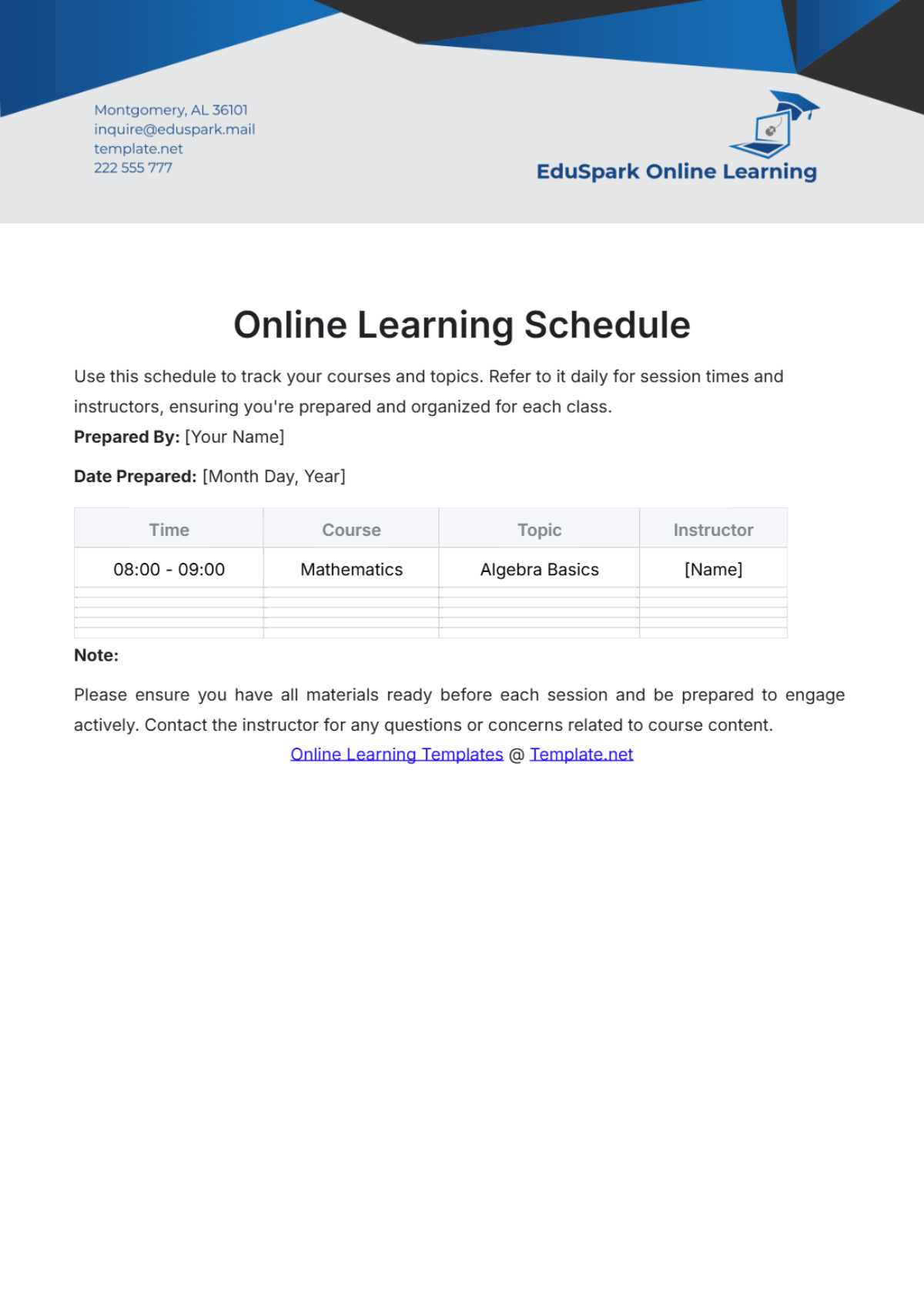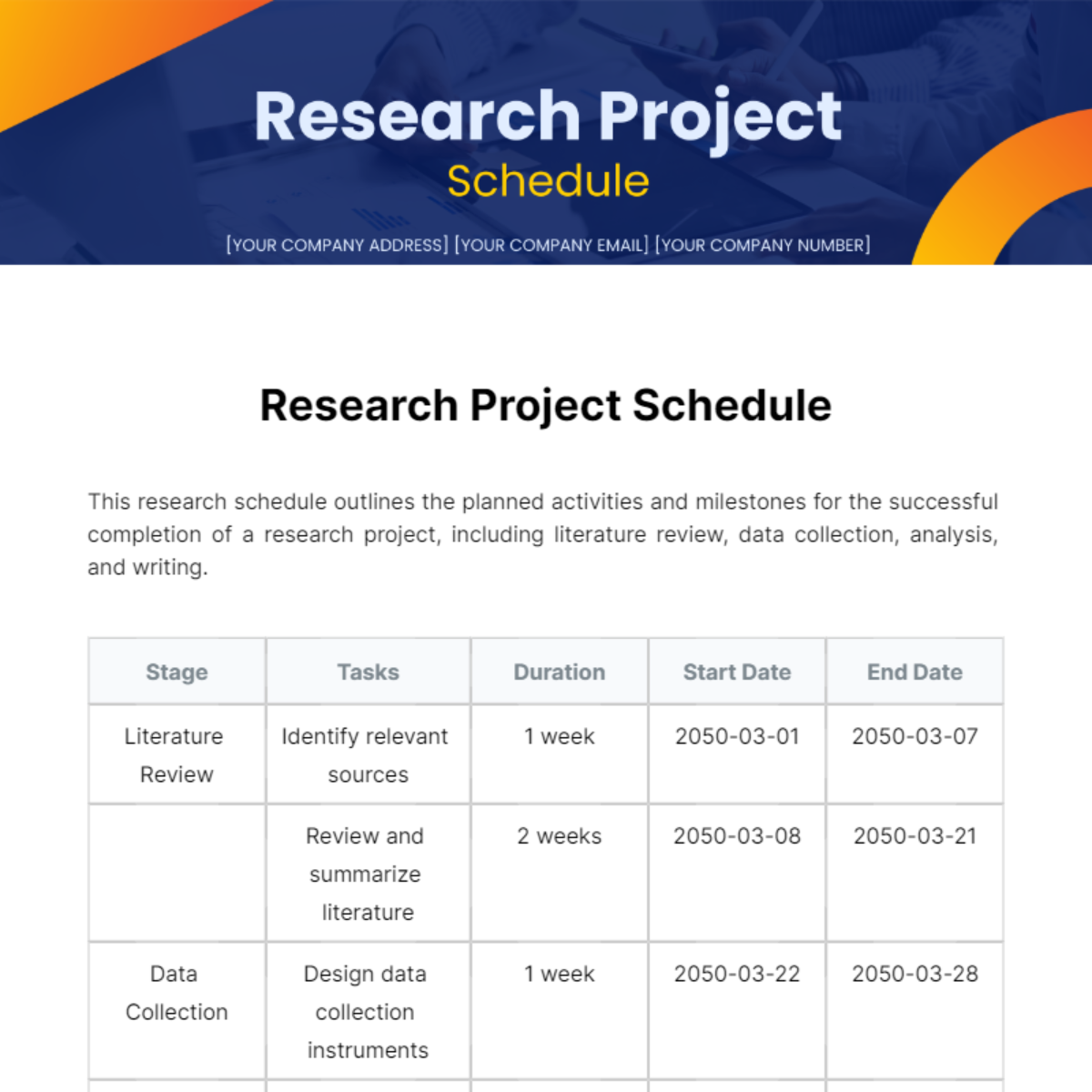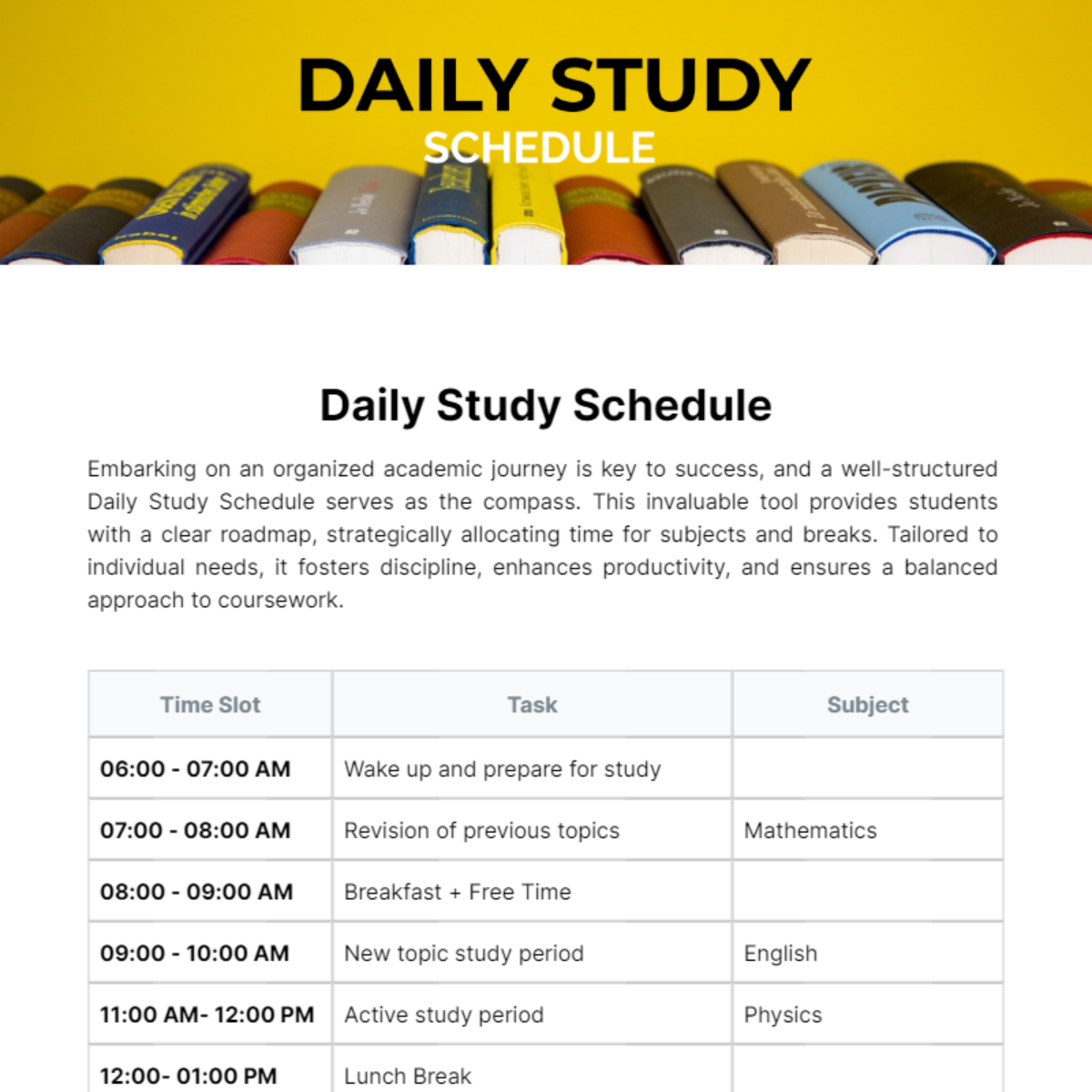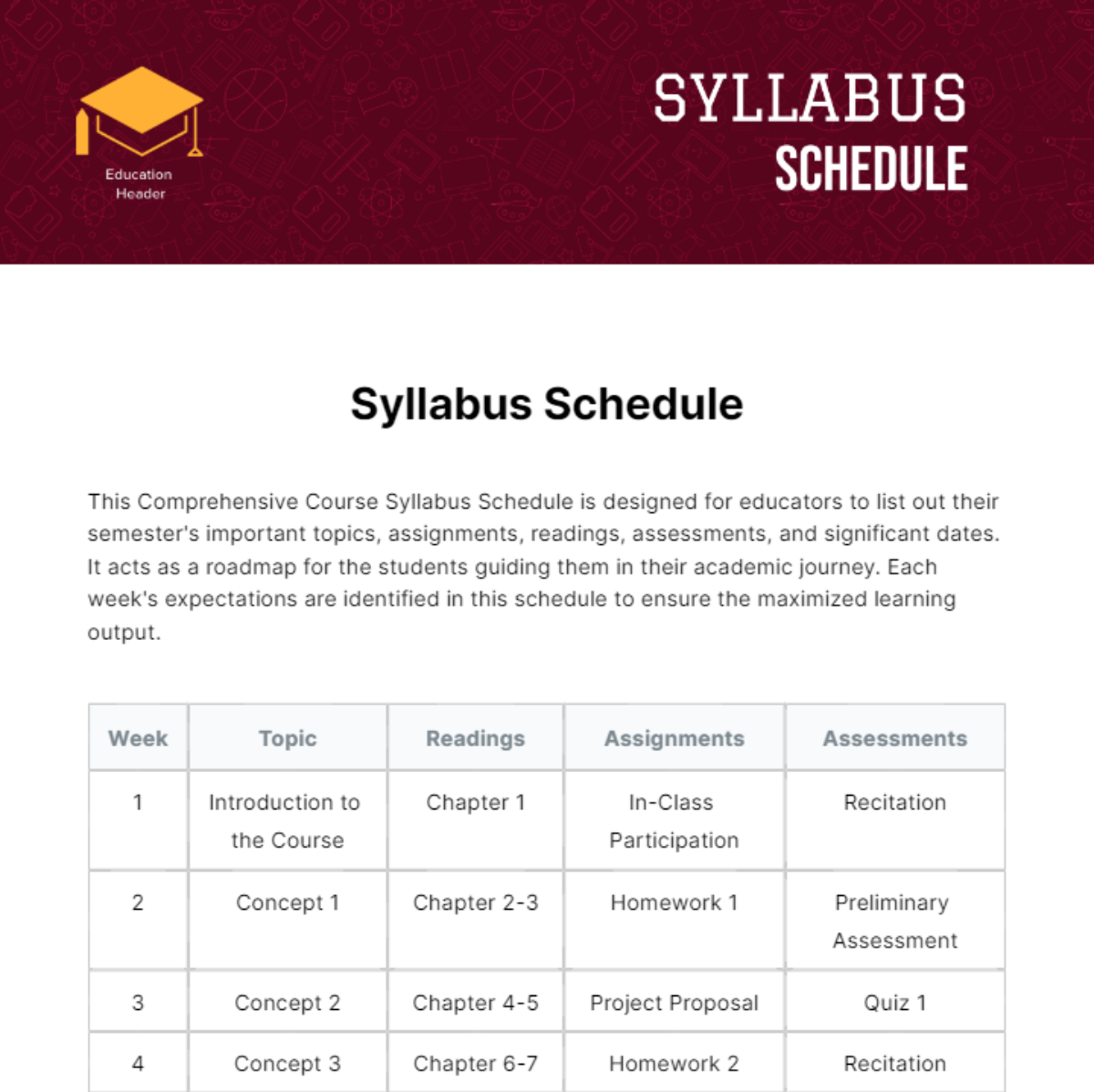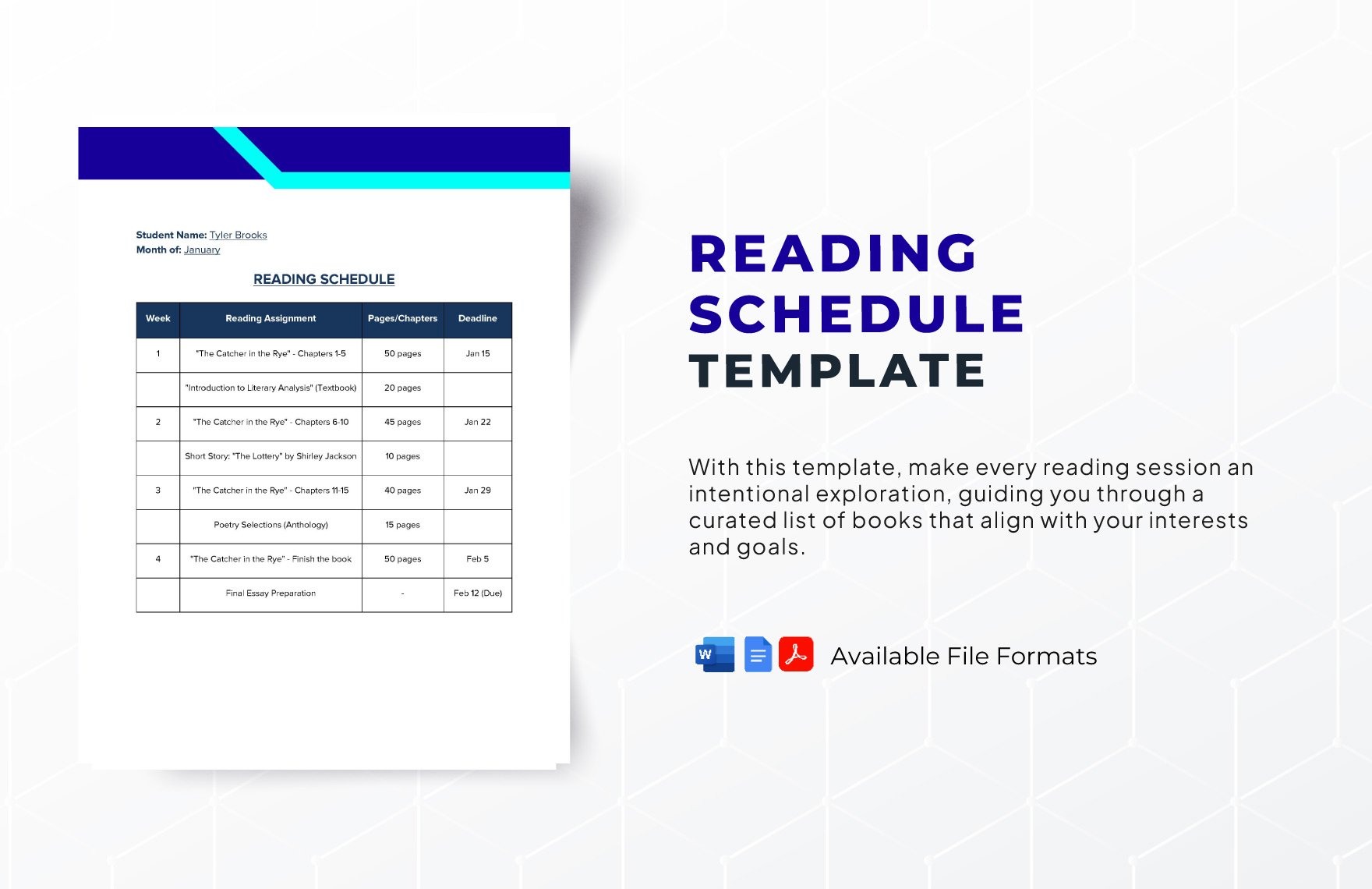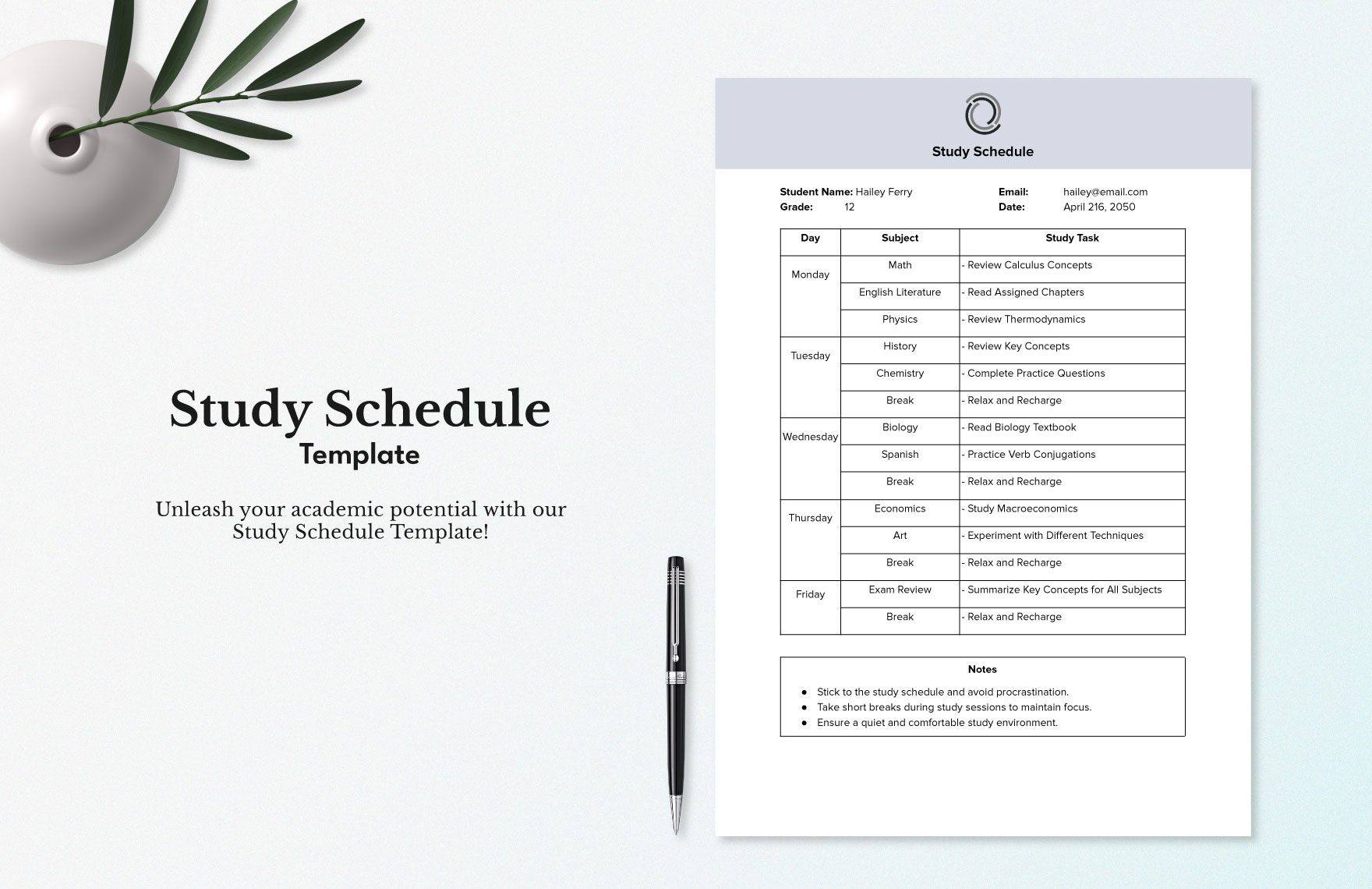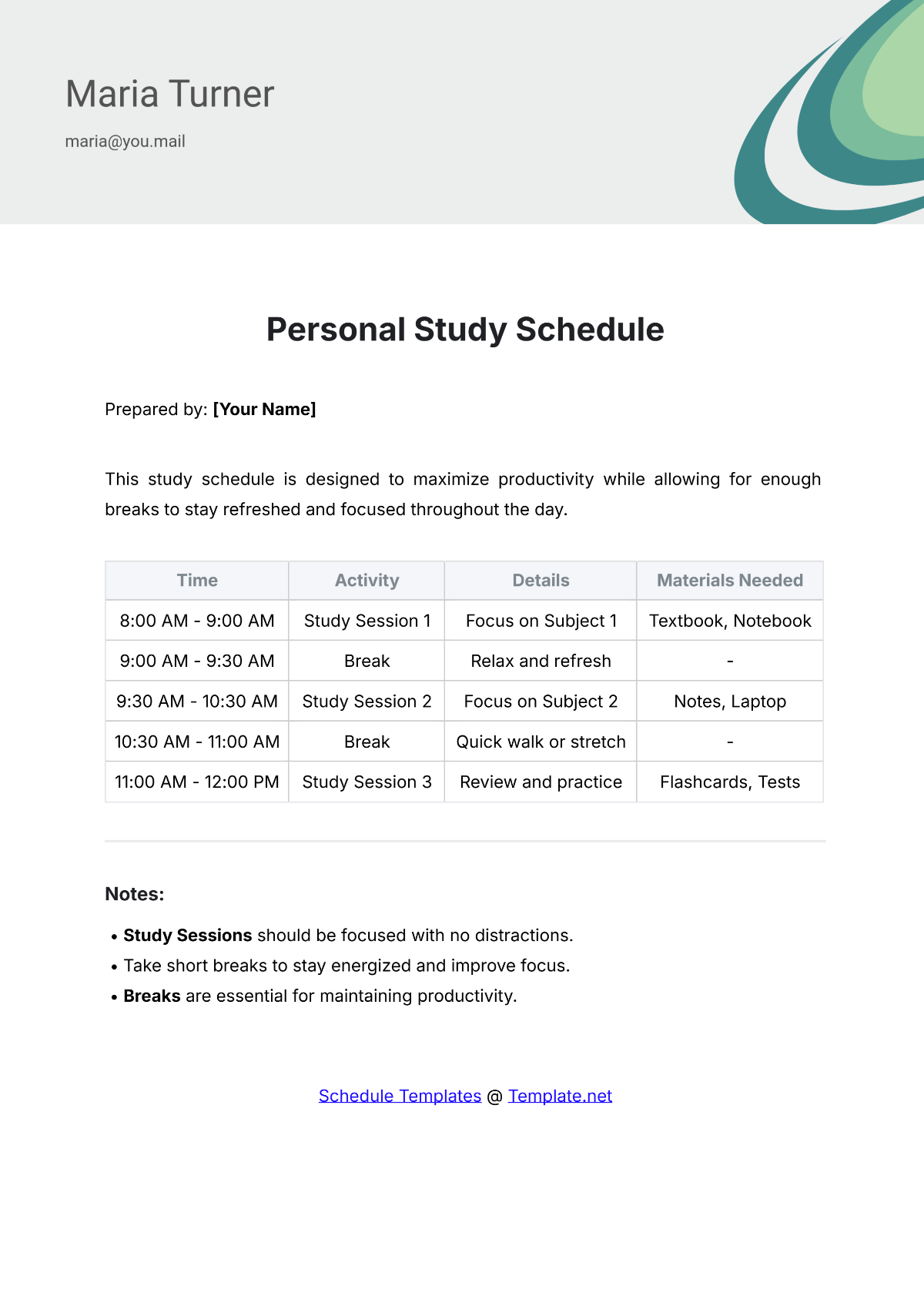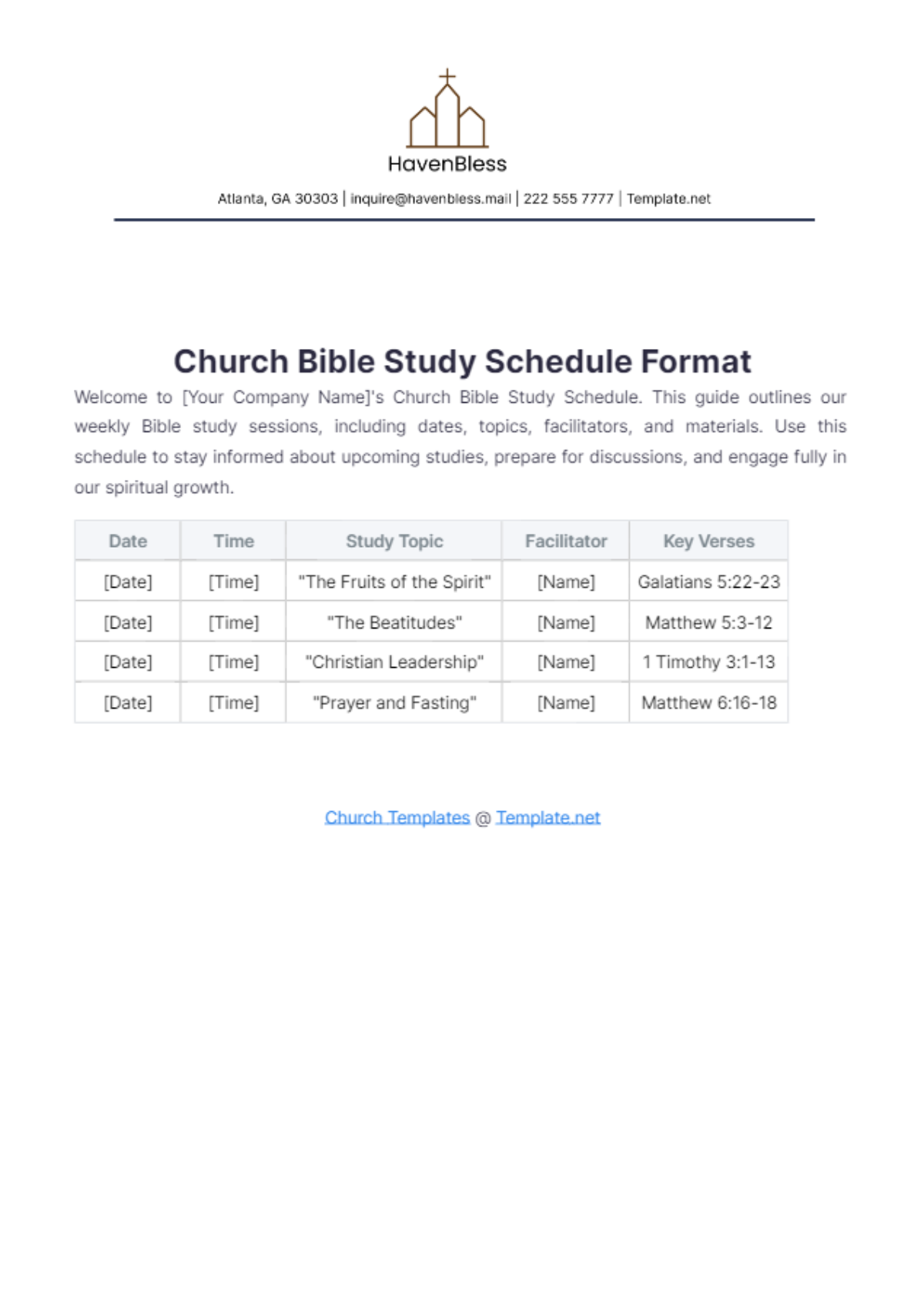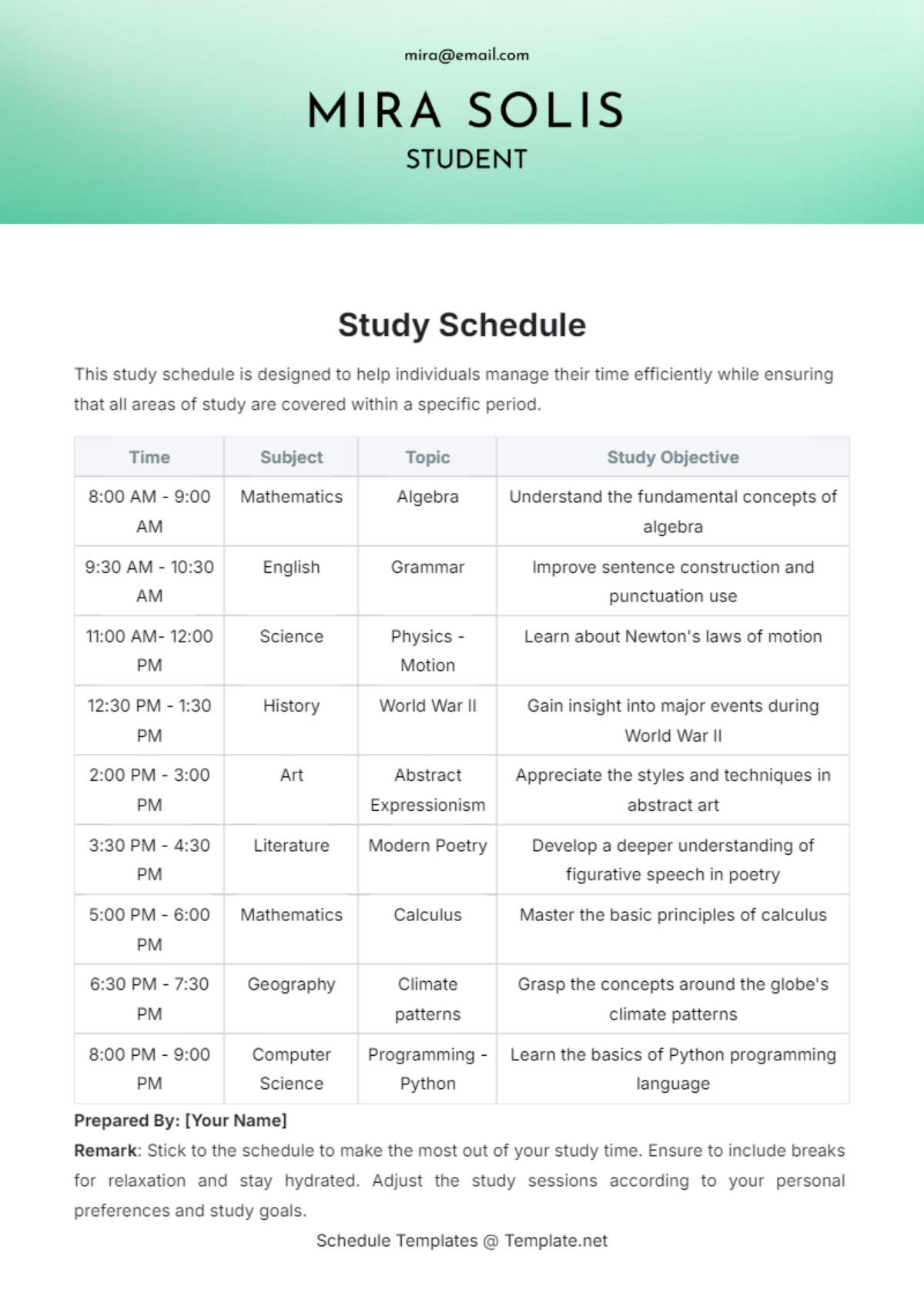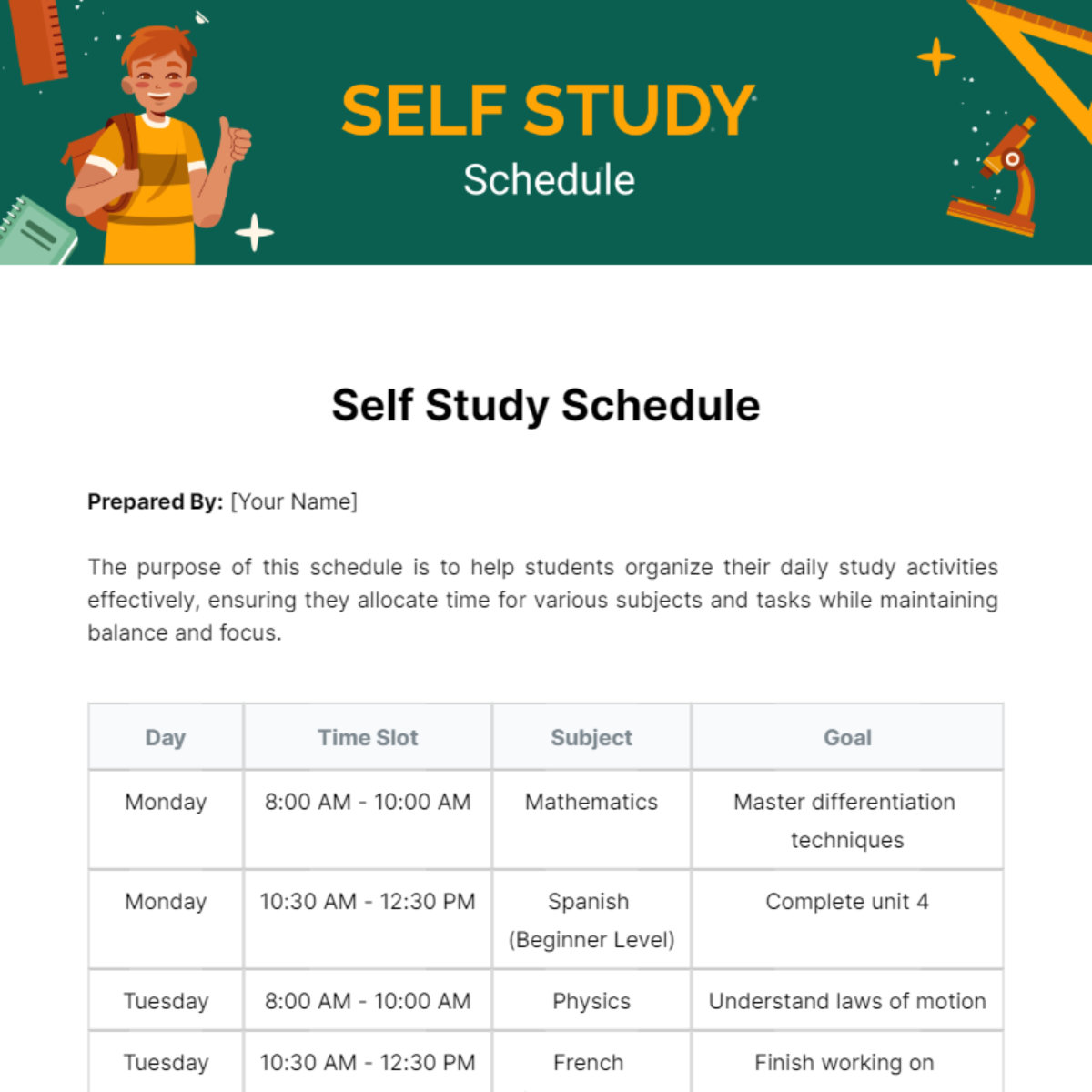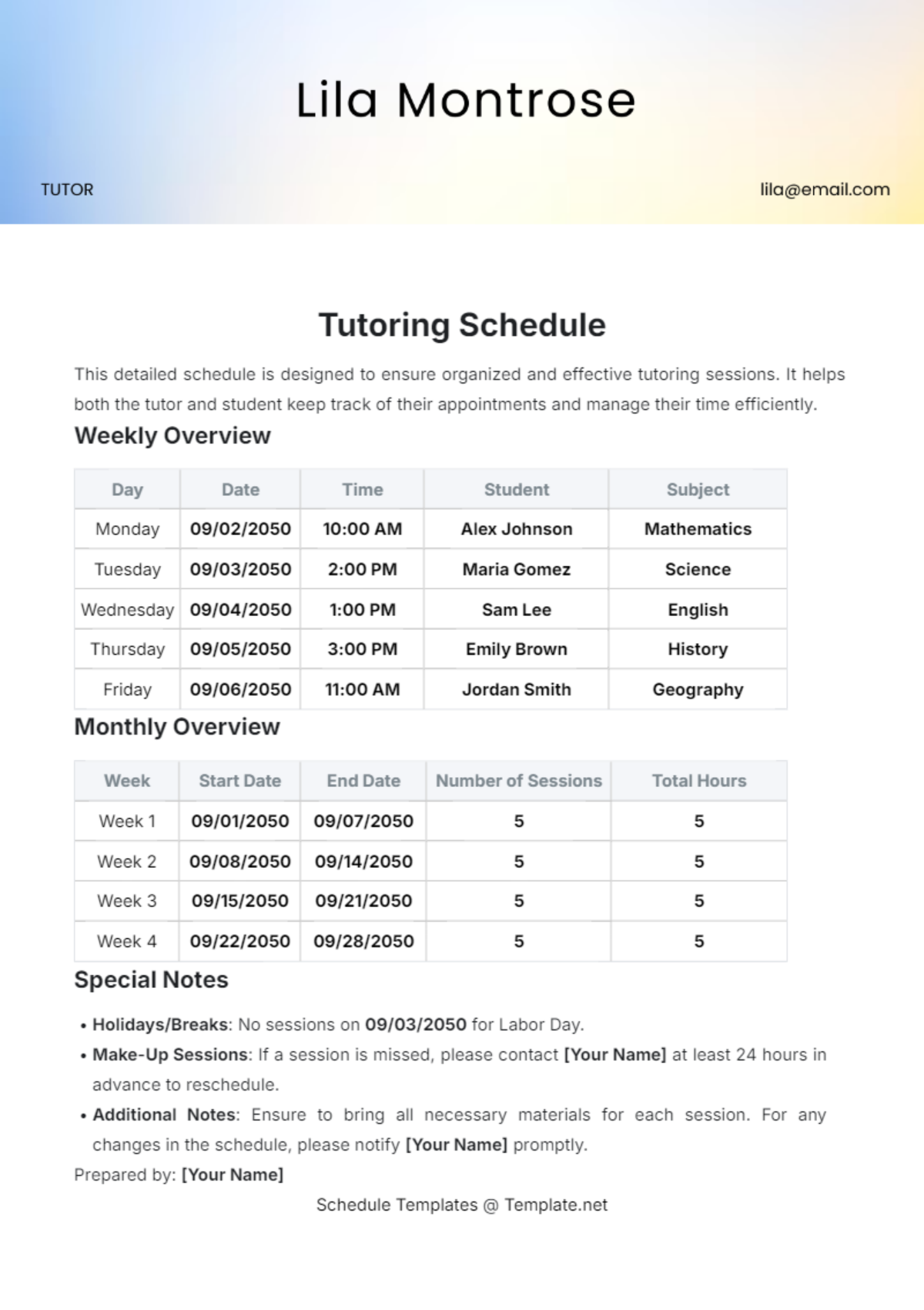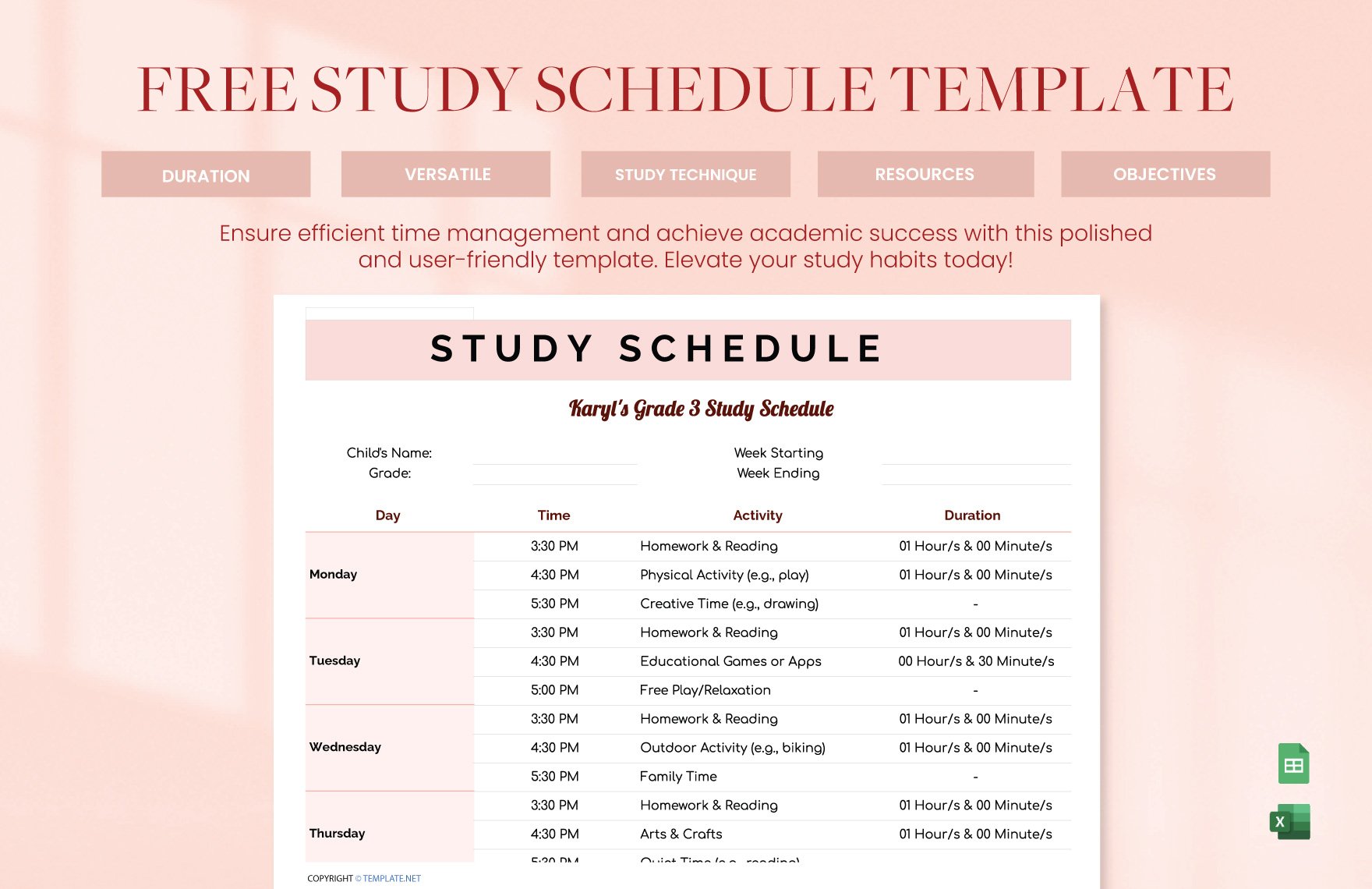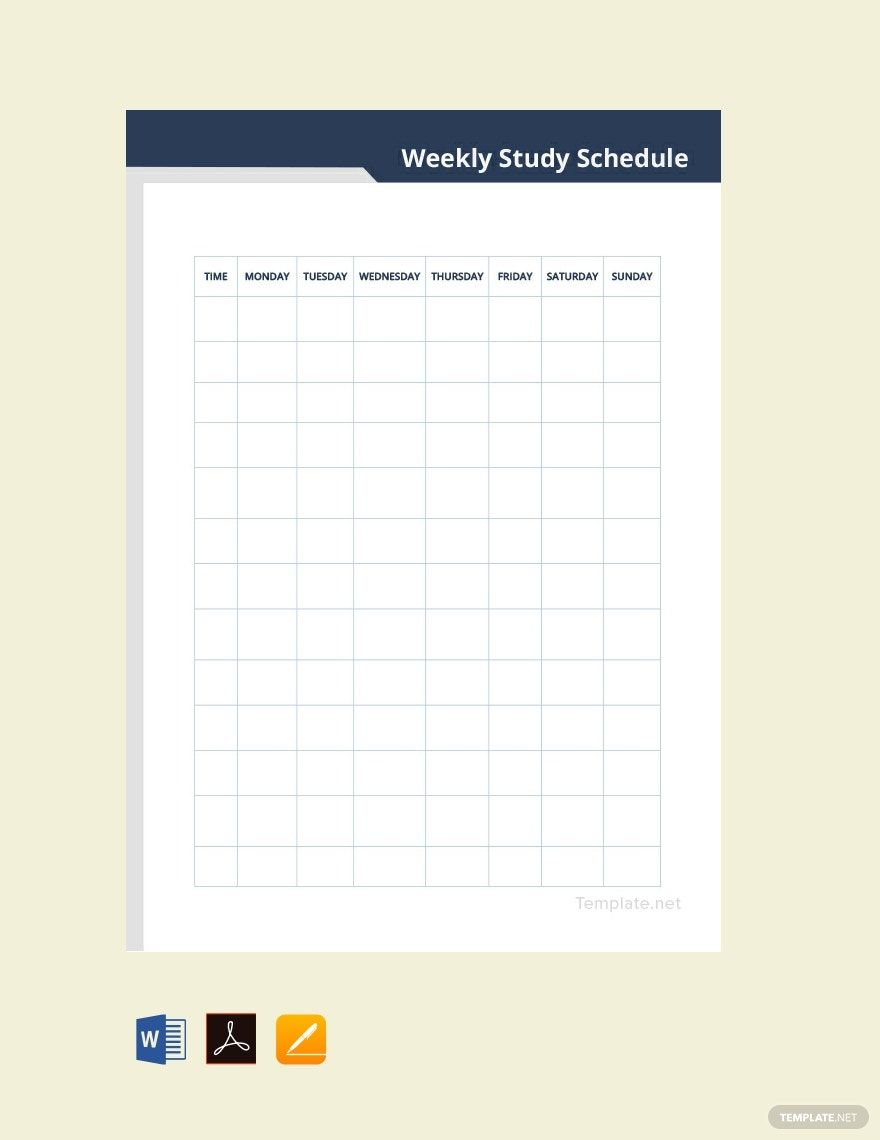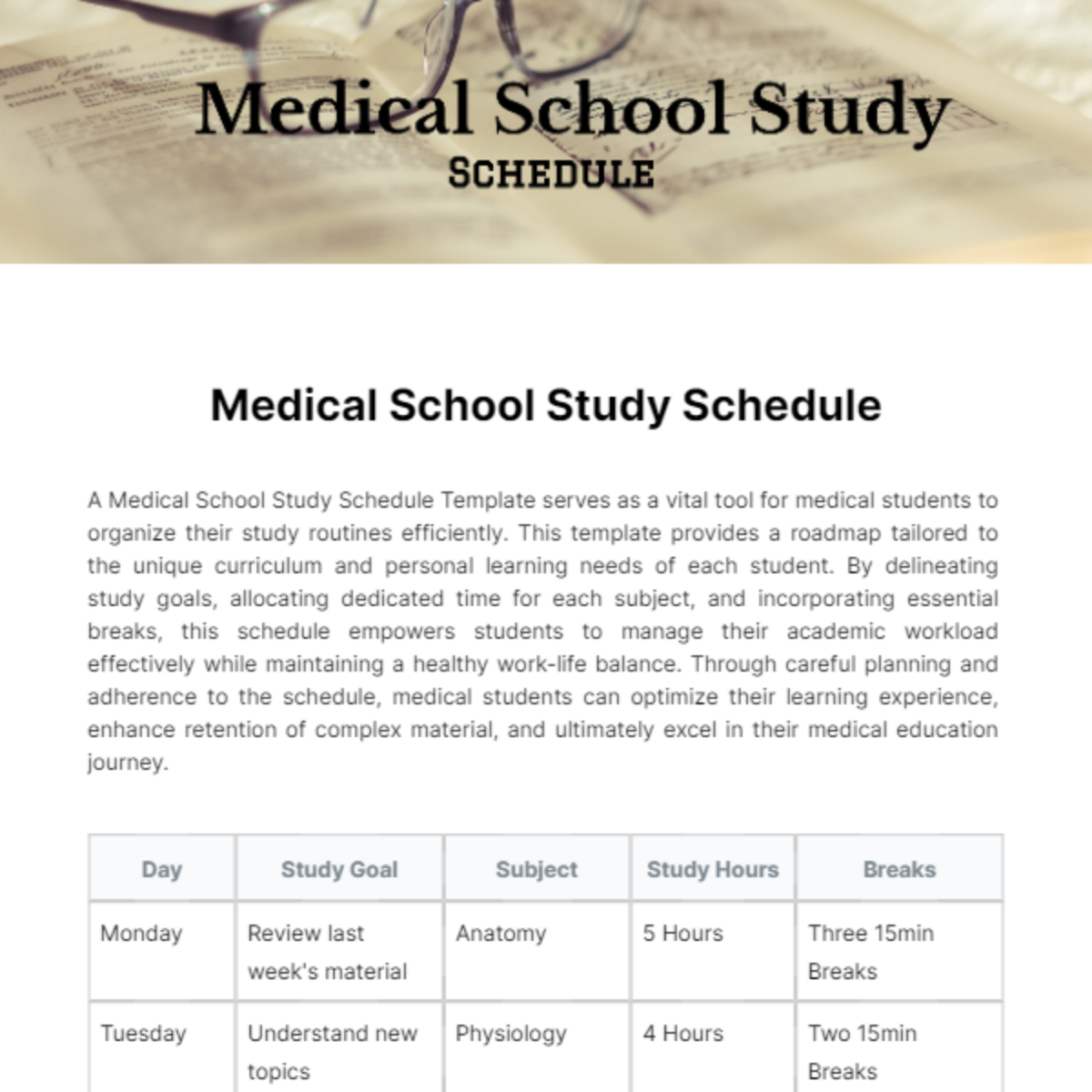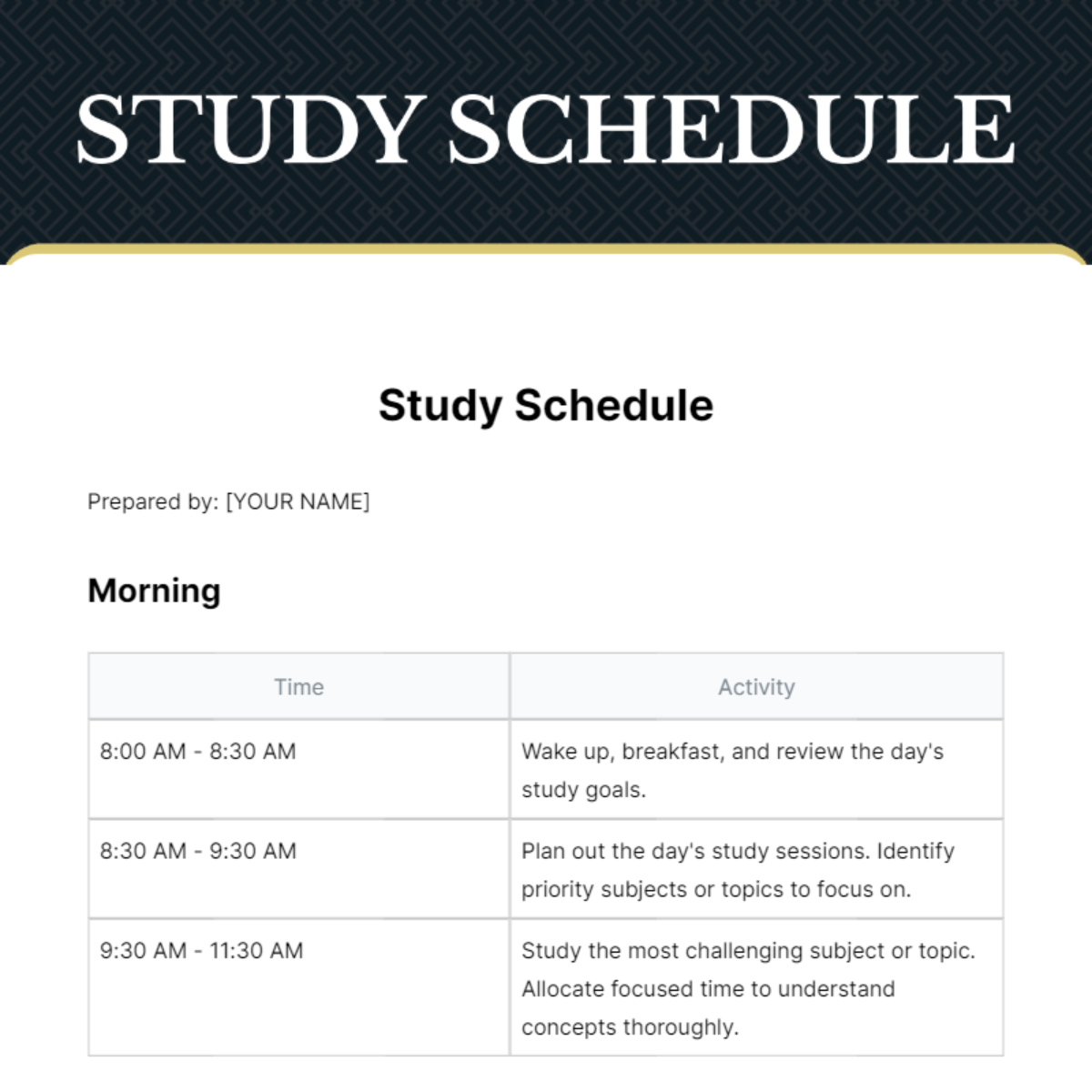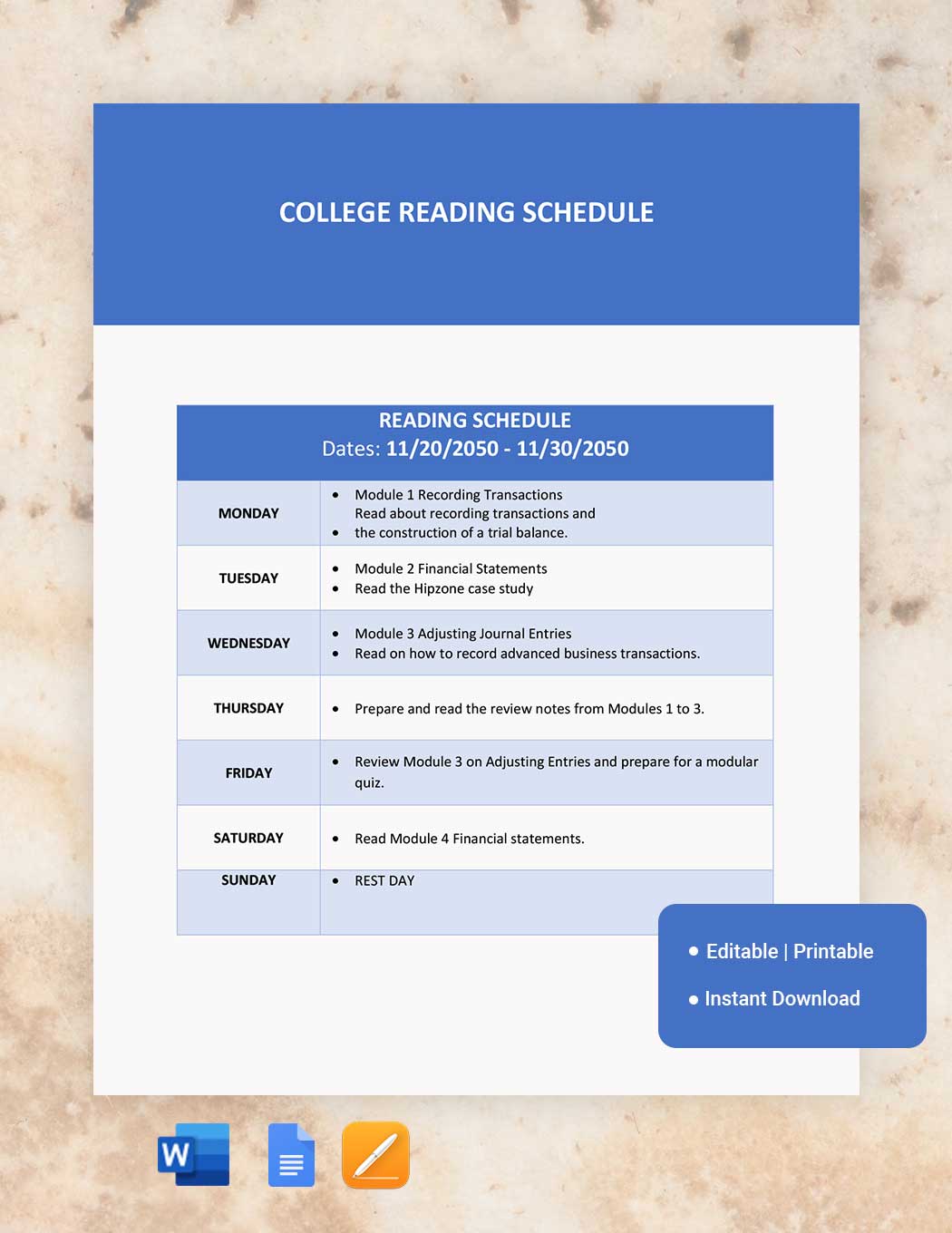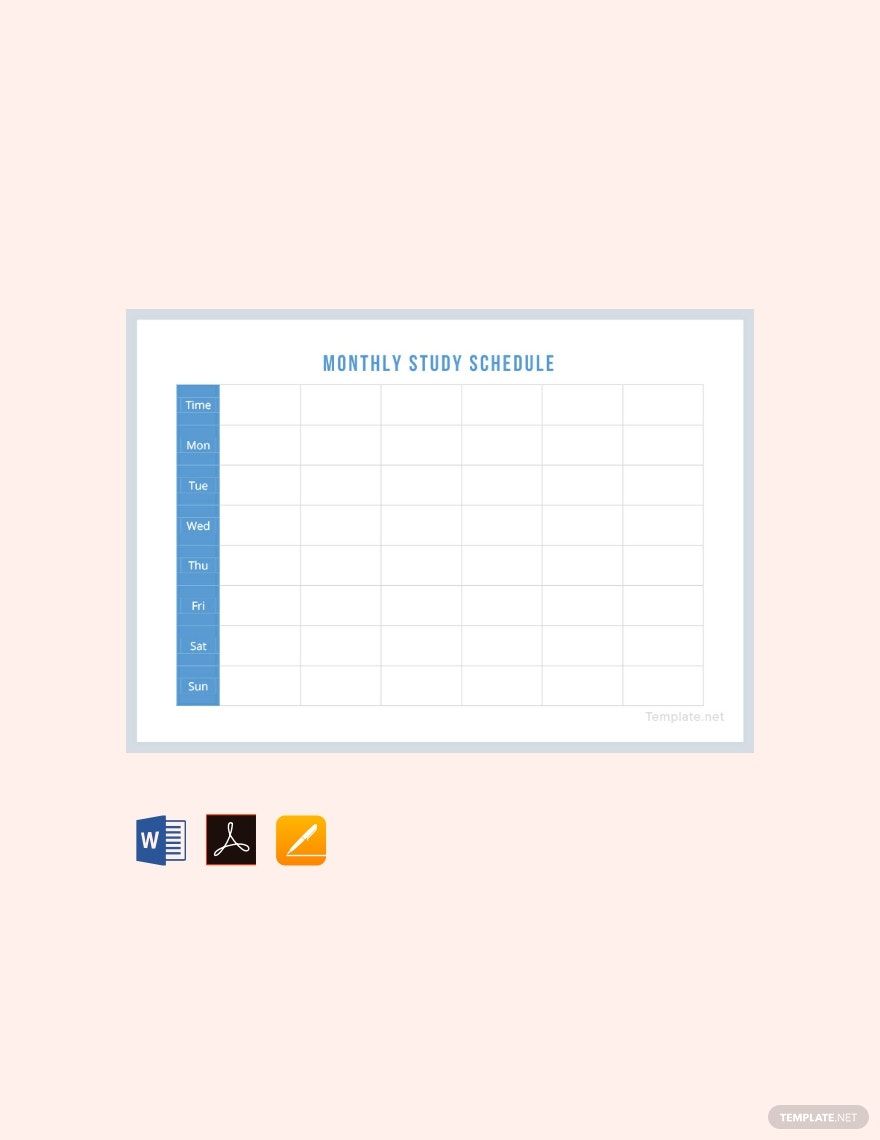Although studying for some seems time-consuming and stressful, we can't deny the benefits it has for us. It can help us remember lessons, and we can develop effective study habits as well. However, we can't always remember the time or date we have set for our study time. To help you remember, try our exquisite store of Ready-Made Study Schedule Templates. These are 100% customizable, easily editable, and printable. These are available in A4 & US sizes. These are also easy to understand and personalize. You can access these in Microsoft Word, PDF, Google Docs, and Apple (MAC) Pages. Grab one of these templates and easily stick to your study schedule anytime!
What Is a Study Schedule?
A study schedule is a list of the subjects and courses a student has to study with their specific date and time. Owning a study schedule will remind you of the lessons you have to study for. This can also help you discipline yourself into sticking to your schedule.
How to Create a Study Schedule
Studying isn't something a lot of students want to do during their spare time. However, studying offers a lot of beneficial effects. An article from the University of Saskatchewan mentions that when you study, you can boost your learning ability, and you can grasp and maintain knowledge easily. This is good news, right? But before you become an expert in the studying field, you still have to create frequent study habits. Interestingly, you can always start by sticking to a study schedule. So here are some tips to help you make your simple schedule:
1. Take Note of Your Subjects
As a student, you have different subjects in school. So the very first step in making a schedule or a timetable is listing them. However, if you don't have anything to study about in a certain subject, you don't have to include it. Only prioritize the lessons that you need to review. After this, you have to note how you're going to study for each subject. Do you need to research? Do you need to read a book? Also, don't forget to add the materials that you need for studying. This way, you can easily track things.
2. Allocate Time for Each Subject
Since you're making a schedule, you have to plan when you can start your study sessions. First, you have to check your schedule. Check when your free time is. If you're planning to make a weekly schedule for studying, you have to review the hours when you have nothing to do. Next, you can now designate a subject in your free time. Decide how long you will study for a particular subject. Also, you have to make sure that your study time is realistic, or else it's not going to be effective.
3. Create a Record for Your Schedule
Once you have all the things set, you can now make a visual representation of your schedule. For example, you're making a weekly study schedule (like the example on the previous step), you can start writing the days of the week. Then, you can now plot your study time on a specific day. Also, you can express your creativity in this section as part of your checklist. You can design your study schedule with colorful borders and creative typefaces to make it more engaging every time you read it.
4. Download a Study Schedule Template
If you want an instant daily schedule or weekly schedule for your study sessions, you can download a template. There are plenty of beautifully designed templates above that you can choose from. They are so easy to customize! After you download it, you can personalize it.
